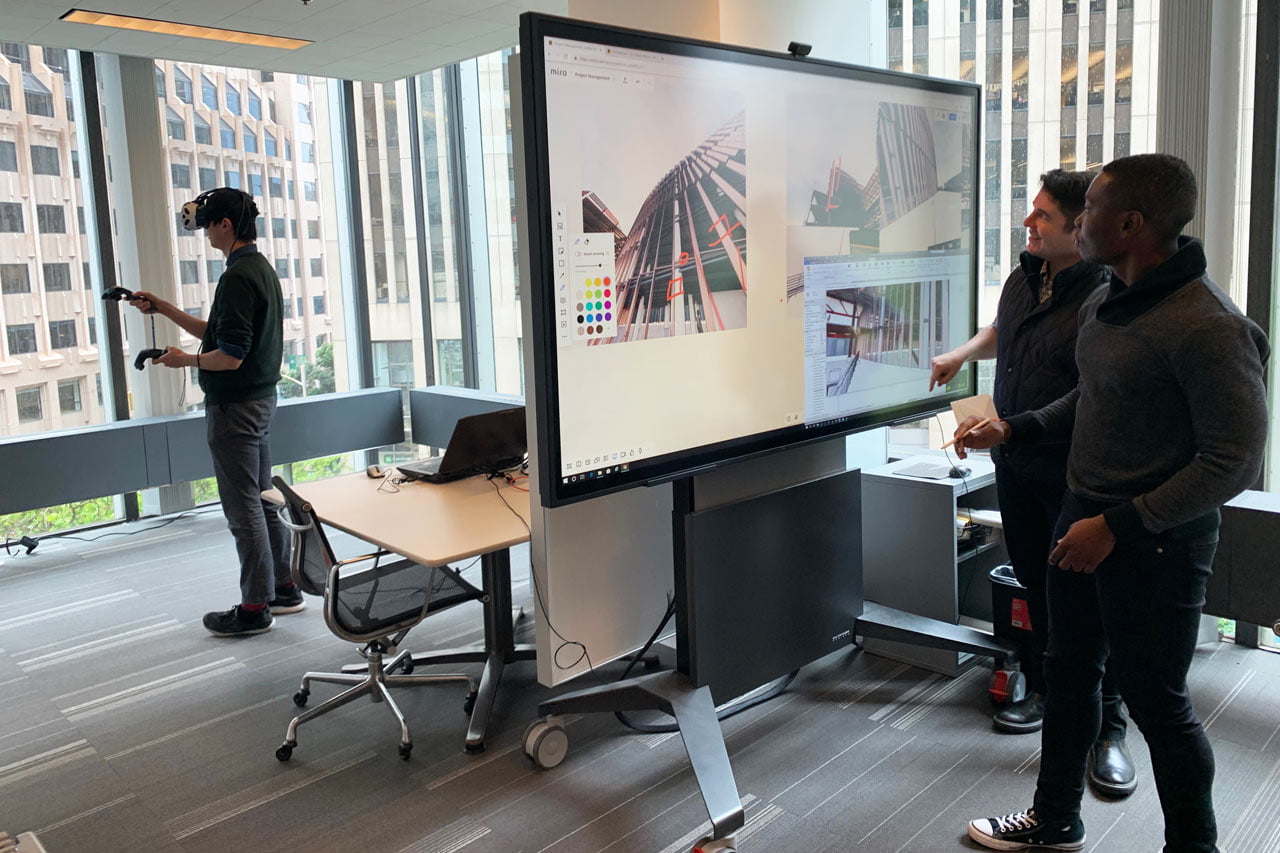

Decades ago, [wilmracer]’s grandfather was piloting a B-17 over the Rhine, and as it goes, aviation runs in families. Now, more than 70 years later [wilmracer] is deep, deep into remote controlled aircraft, and he’s building an exacting scale model of the B-17G his grandfather flew on his last bombing mission over Europe.
This is a scratch build, with the design taken directly from the plans and schematics of a B-17. [wilmracer] has already paid the money to go up in the preserved B-17 Aluminum Overcast to get a better idea of the layout, and now he’s deep into cutting foam and bending balsa sheets. The first part of the build was arguably the hardest, and the main landing gear was expertly constructed out of aluminum tube and linear servos. The horizontal stabfollows traditional building techniques of foam and carefully sanded balsa sheets. The fuselage is impressive, with the formers built out of foam, and eventually covered in 1/16″ balsa and wrapped in fiberglass.
If you’re going to do a large-scale model airplane, that also means you’ve got to do detailing. That means steam gauges rendered in 3D printed parts. [wilmracer] is modeling the cockpit and the machine guns in 1:9 scale. This is going to be an awesome build, and yes, there will eventually be plans.
Of course, this isn’t the biggest small B-17 ever built. That record goes to the 1:3 scale Bally Bomber, a real, not remote controlled plane built over the course of two decades by [ Jack Bally]. This is a real plane with a 34 foot wingspan that weighs 1800 pounds. Yes, it flies, and it went to Oshkosh last summer. Remote control really is the way to go with something like this, though: you can appease the rivet counters, put more power on the props, and you don’t need to worry too much about pesky things like regulations and laws. We’re looking forward to see where this project goes, and to the sound of a great PLA overcast thundering over the treetops.
[“source=hackaday”]





